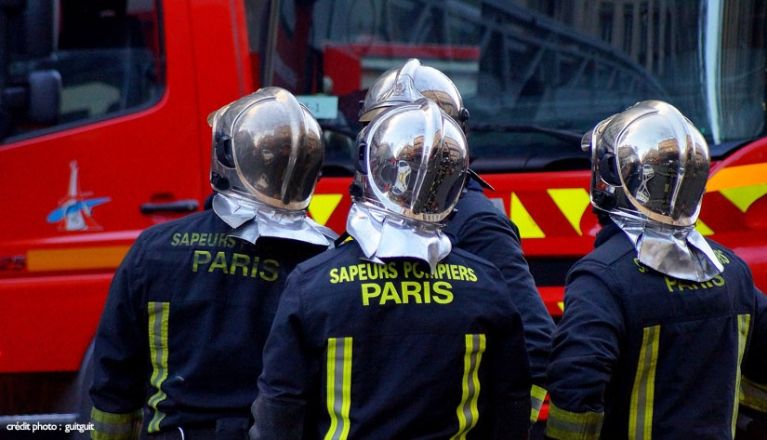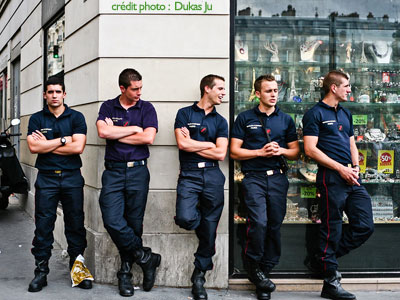- #Patronage
- 2020/04/15
- 0
-
0
Paris’s firefighters: the heroes of Notre-Dame
In a book titled Notre-Dame: The Soul of France, published in 2020, journalist and essayist Agnès Poirier recounts a remarkable anecdote that might have played a significant part in saving Notre-Dame on the evening of the fire: it has to do with the exceptional physical fitness of Paris’s firefighters, put to the test daily via the “plank test”.

Created by the Paris fire brigade in 1895, it was originally designed as a one-off test. Over time, it developed into an essential part of the training received by Paris’s firefighters: every morning, the city’s military firefighters, wearing their full firefighting gear, must hoist themselves up onto an oak plank four to five centimetres thick, one metre wide and 1.3 metres deep, fixed 2.4 metres above ground. If a firefighter cannot climb onto the plank, he or she fails the test and is declared unfit to respond to emergency calls.
The goal is to establish whether firefighters are able to pull themselves up if a roof falls or a floor collapses. More than just a physical test or tradition, the plank test determines whether firefighters are allowed to leave their station. Performance on the plank test also determines firefighters’ postings.
As Agnès Poirier explains, “Paris’s firefighters have a reputation for going straight into the fire, inside buildings, and succeeding in worming their way into the narrow corridors of Paris’s buildings. Their colleagues in London and New York, for example, only attack the fire from outside. [...] When General Gallet, Commander-in-Chief of the Paris Fire Brigade, arrives at the square in front of Notre-Dame with his men, among them Lieutenant-Colonel Gabriel Plus and General Jean-Marie Gontier, his second-in-command, he immediately knows he can throw away the rulebook. It is already too late to save the roof.
And anyway, too much water could destroy the medieval stones. As for the thirteenth-century rose windows, too much water pressure would smash them to pieces. Gallet must think differently, and fast. His plan is to attack the fire on all fronts at once.
He sends a vanguard of firefighters up the narrow spiral staircase to the 44-metre-high cornice to try and head off the fire from each side. He also sets up a curtain of water between the roof and the towers to lower the temperature and protect the north and south belfries and their ten enormous bronze bells.”
This high-risk intervention undoubtedly saved the cathedral from complete collapse…
- Sources: Ministry of the Armed Forces, “Notre-Dame: the Soul of France” by Agnès Poirier (unofficial translation)
----------------------------------
» View other topics related to this article:
- [Feature] Notre-Dame: one year after the fire
- [Feature] Heritage conservation donations: how do they work?
- The Crédit Agricole ? Pays de France Foundation is helping rebuild Notre-Dame




